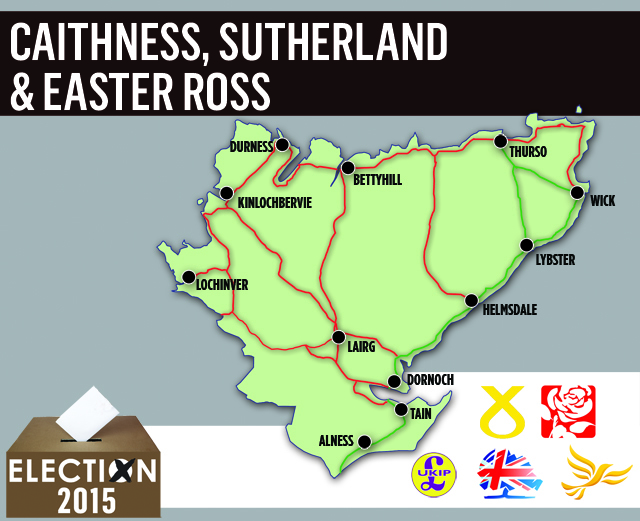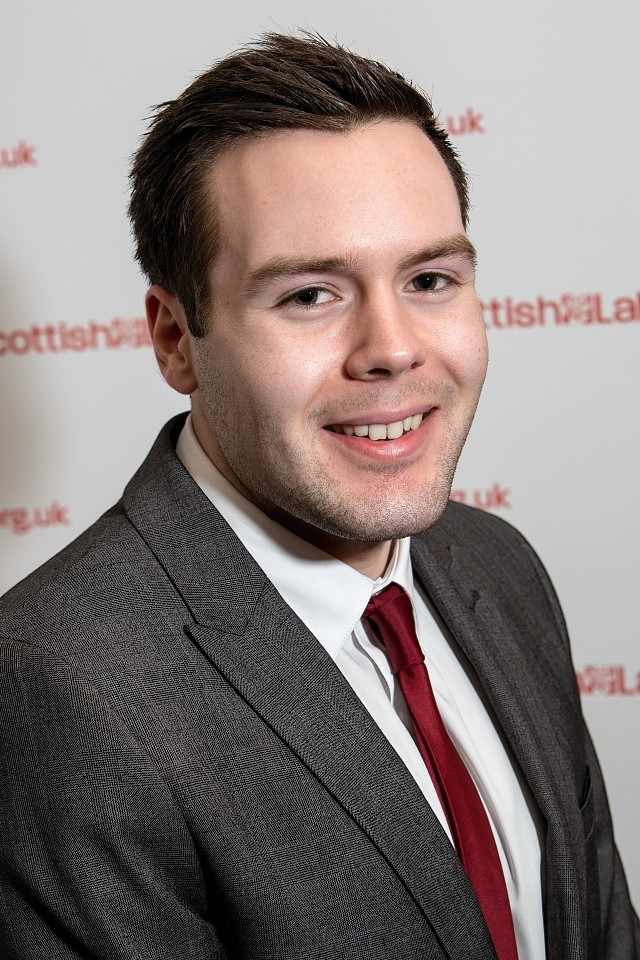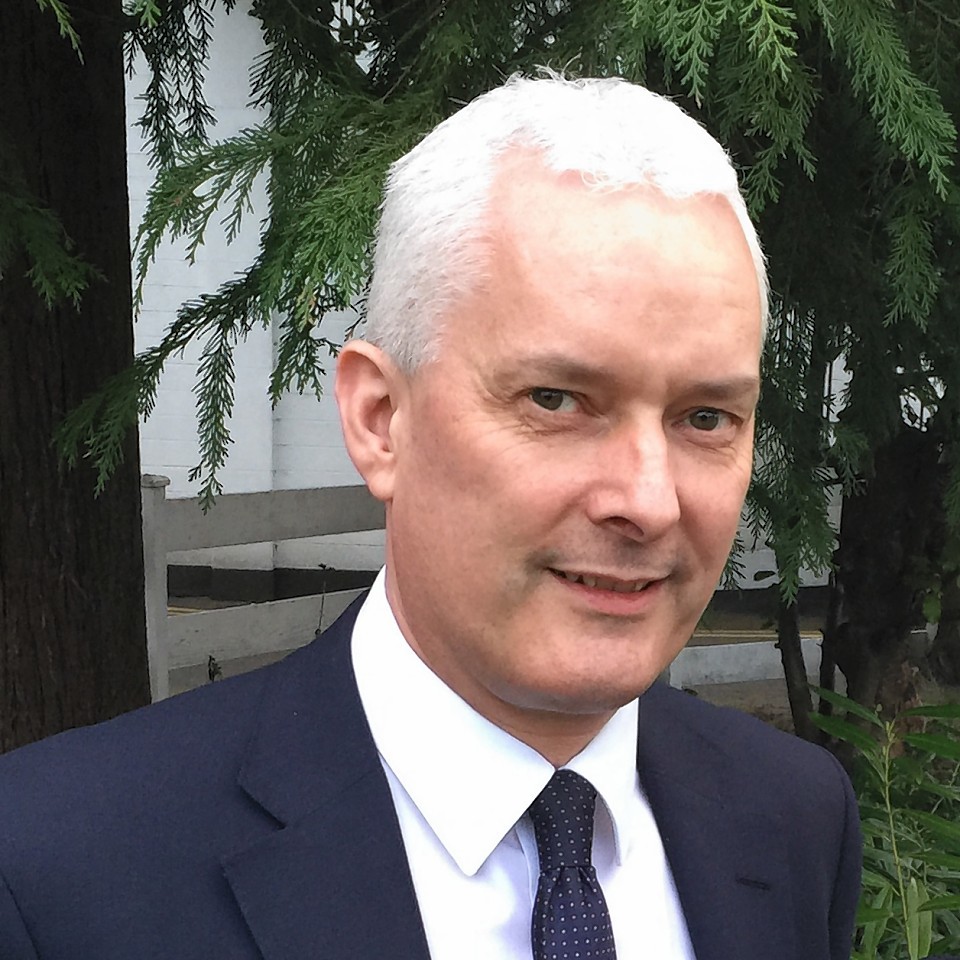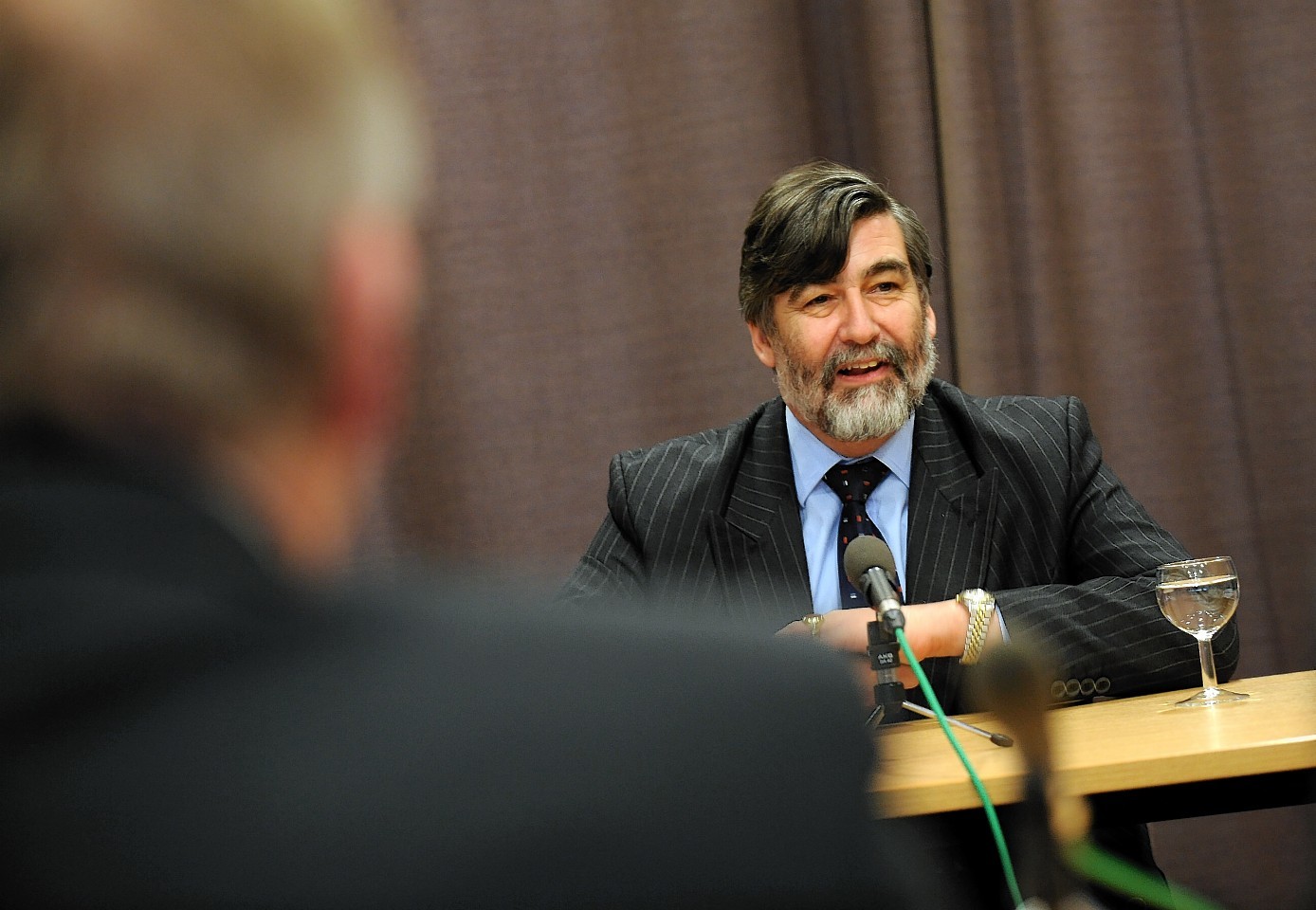With the most unpredictable election in decades just days away, Calum Ross finds out how likely it is that the SNP surge will reach the country’s most northerly mainland seat
Cape Wrath, in the north-west corner of the country’s far north constituency, is said to have derived its name from the old Norse word for “turning point”.
The polls suggest Scottish politics is poised for just such a change of direction at next week’s election, with decades of tradition being washed away in many seats.
Caithness, Sutherland and Easter Ross may not have had the same media attention as its two neighbouring Highland constituencies, where Danny Alexander and Charles Kennedy could be thrown out.
But this often forgotten corner of the country may be at its own crossroads.
Economically, change has already been under way in the constituency for several years, with the Dounreay nuclear complex being decommissioned and a new focus being put on the development of marine renewables.
This includes the rebirth of the Nigg fabrication yard in the south-east of the seat, as well as the Pentland Firth in the north being designated as Scotland’s first marine energy park.
The constituency’s boundaries stretch from the Easter Ross towns of Alness and Invergordon in the south, to Wick and Thurso in Caithness.
Some forecast that the Liberal Democrats, who have held the seat since 1983, including as the SDP, could be left in a wilderness of their own after next week.
Before the 2010-2015 coalition government, Archibald Sinclair was the last Liberal MP to be a member of the Cabinet, and that was in 1931/32.
He represented the Caithness and Sutherland seat, and was the grandfather of John Thurso, who has held the equivalent constituency for the Lib Dems since 2001.
No in-depth polling has been done in the constituency, so it is not clear that the SNP surge will sweep this far north.
But there is also little reason to suggest it will not.
While Nationalists do not have a strong tradition in the area at Westminster elections, they did win the Holyrood version of the seat in 2011. Lord Thurso’s majority is not substantial, at under 5,000.
SNP candidate Paul Monaghan, the director of Highland Homeless Trust, will also take heart from polls in Mr Alexander and Mr Kennedy’s seats, which predict major swings to the party from the Lib Dems in the Highlands. Labour has been Lord Thurso’s principal challenger at the last few elections, and held the seat from 1966 to 1981, before MP Robert Maclennan defected to the SDP.
John Erskine, the Labour candidate who works for the party’s north MSPs, might have been well-placed to try to win it back if it was not for the party’s national poll slump.
The Unionists held the seat for the decade after World War II, and the Conservatives were runner-up at four elections in the 1980s and 1990s. Alastair Graham, Tory candidate, fought the same seat in 2010, where he came fourth but increased the Conservatives’ share of the vote.
Ann Murray, who stood unsuccessfully for Highland Council in 2012, will contest the seat for Ukip. It is the second time the party has fielded a candidate in the constituency, having finished seventh in 1997.
2015 candidates
Labour
John Erskine
Age: 24
Profession: Parliamentary researcher
Conservative
Alastair Graham
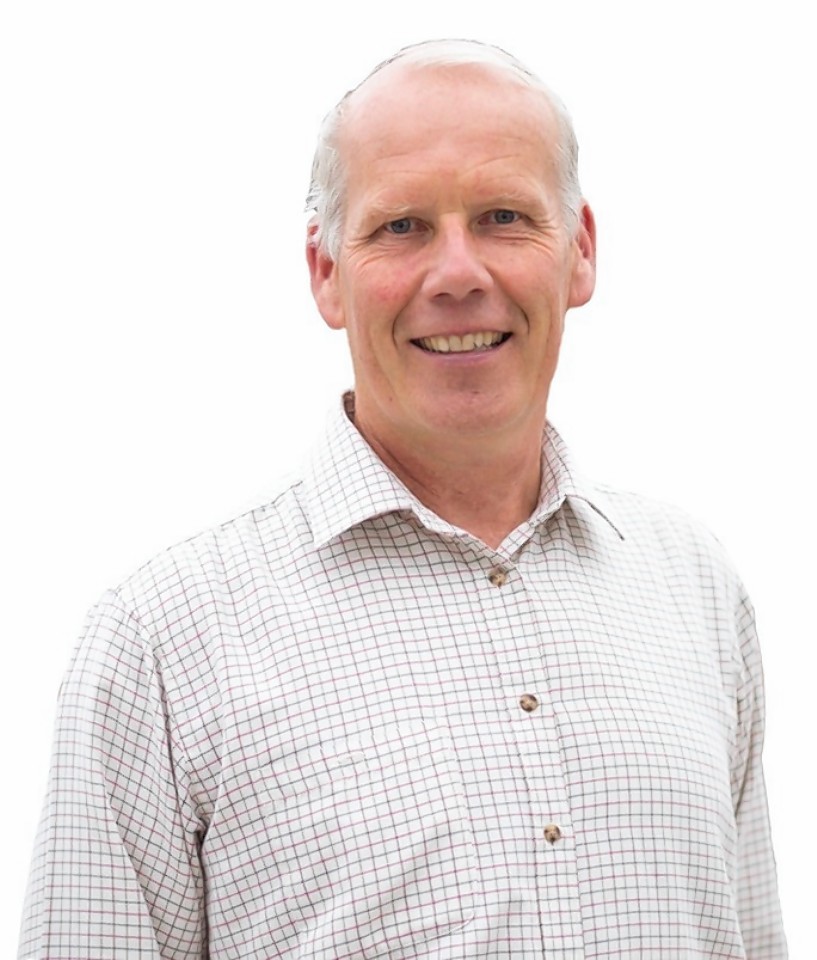
Age: 61
Profession: Headmaster
SNP
Paul Monaghan
Age: 49
Profession: Highland Homeless Trust director
Ukip
Ann Murray
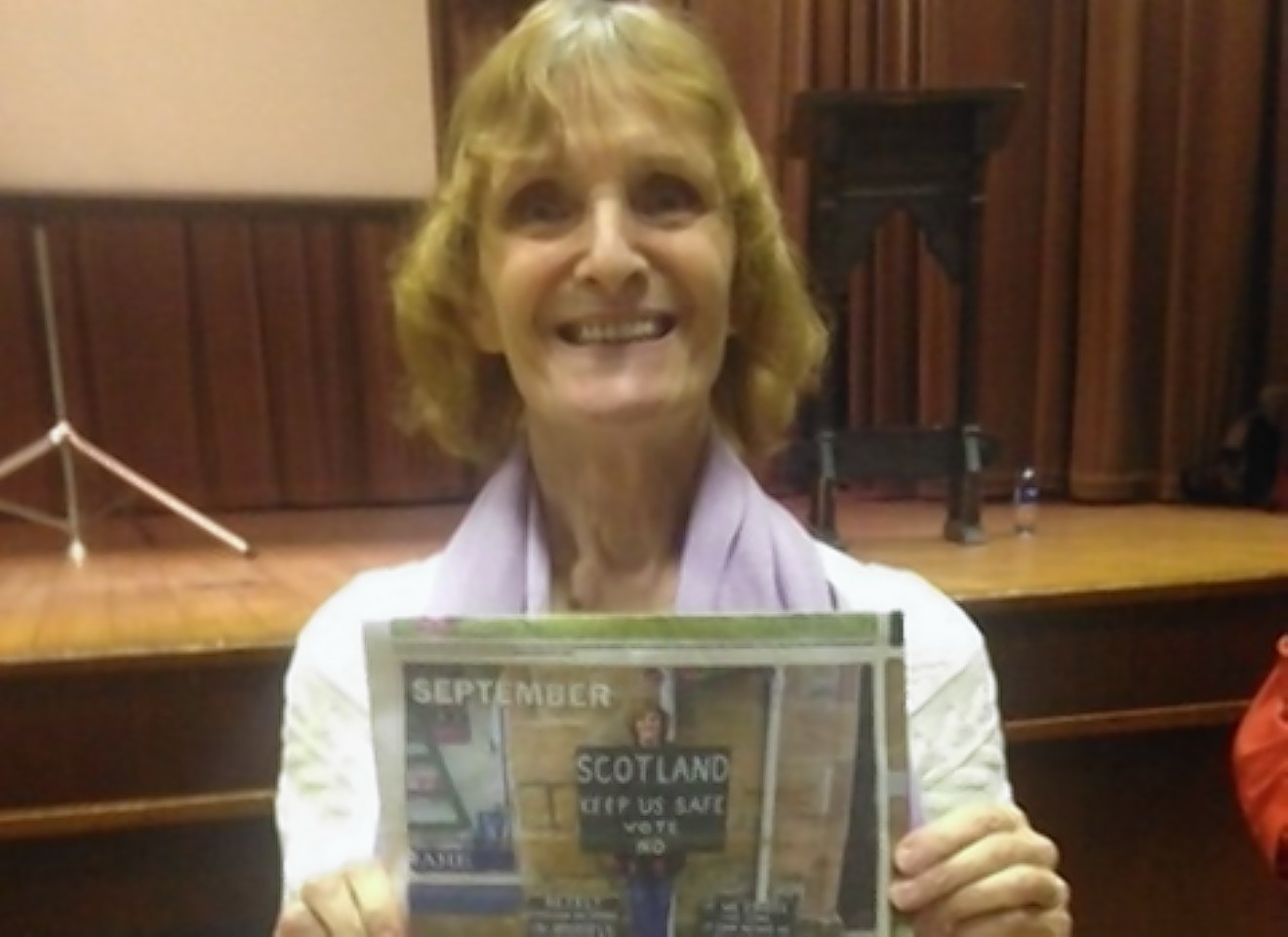 Age: 77
Age: 77
Profession: Campaigner
Liberal Democrat
John Thurso
Age: 61
Profession: Politician
2010 election result
John Thurso, Liberal Democrat 11,907
John Mackay, Labour 7,081
Jean Urquhart, Scottish National Party 5,516
Alastair Graham, Conservative 3,744
Gordon Campbell, Independent 520
